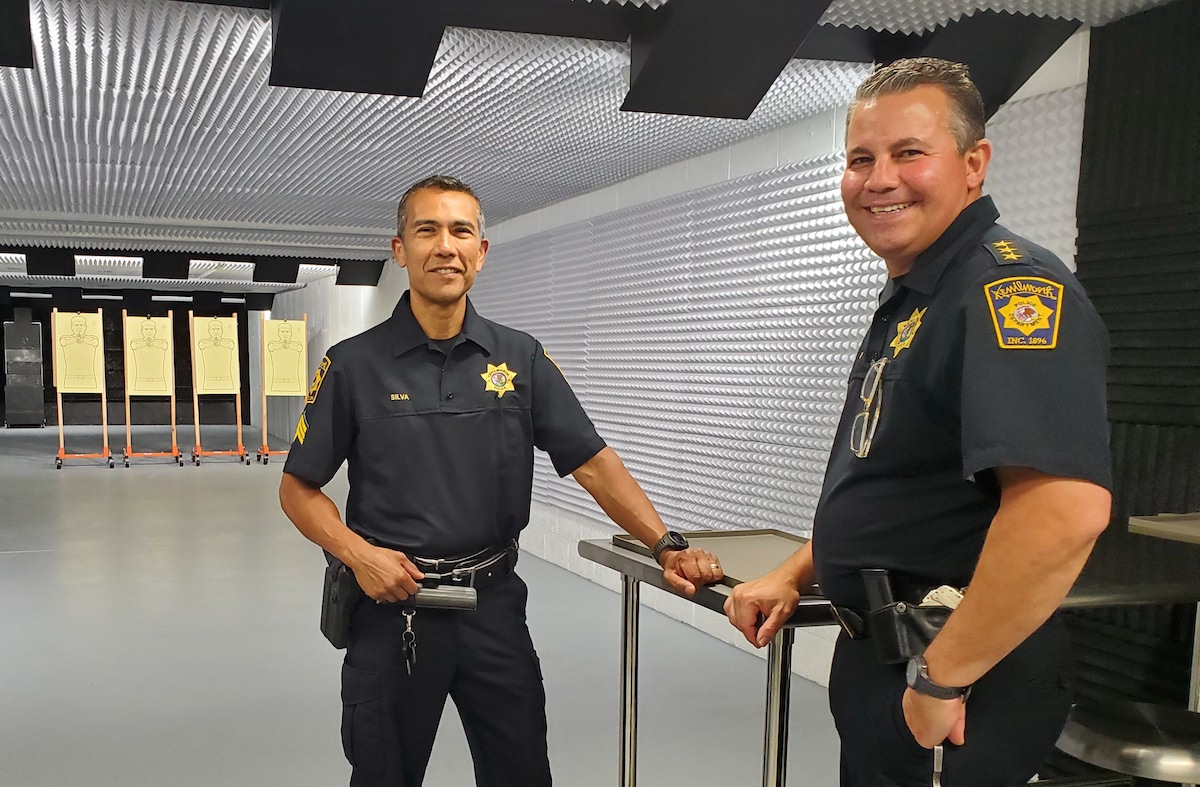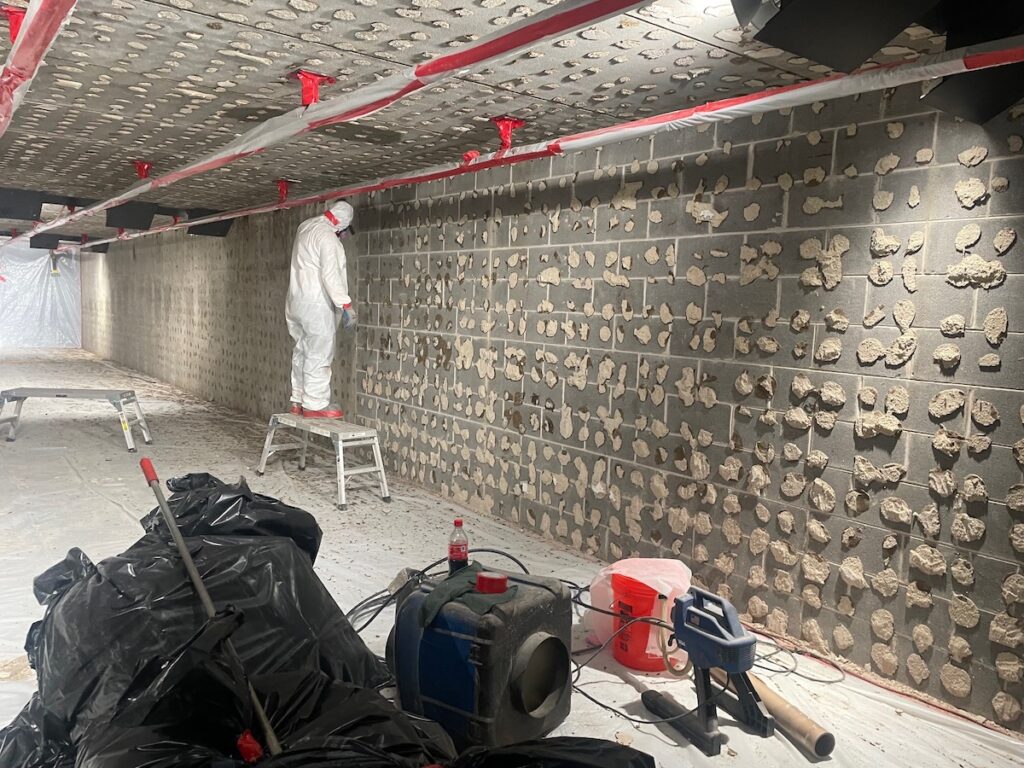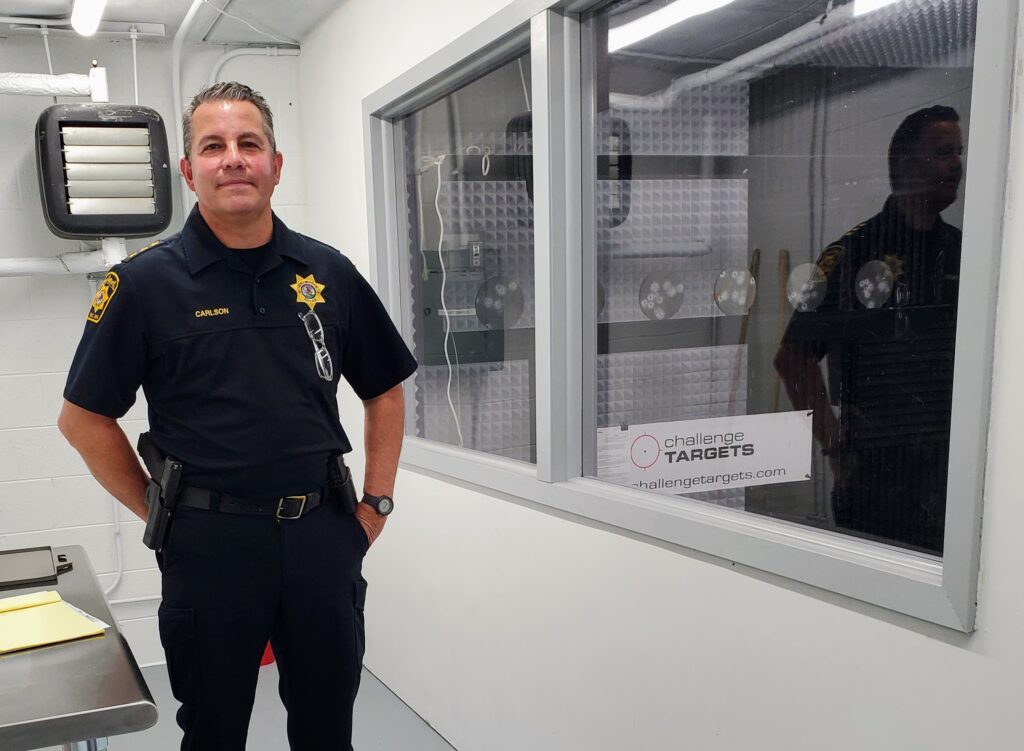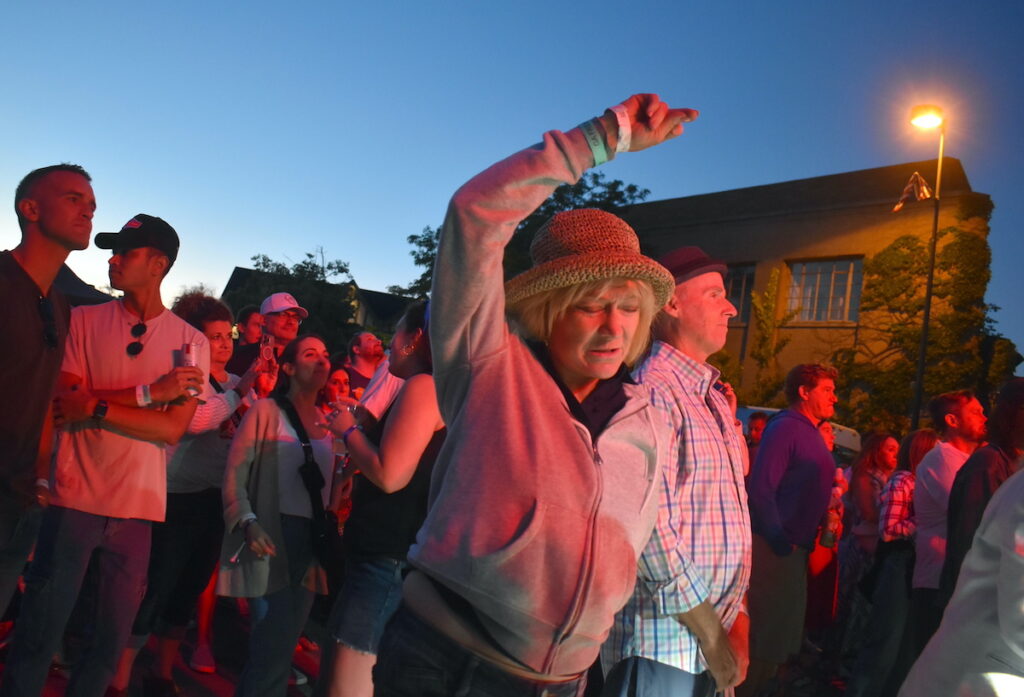
Local generosity helps Kenilworth PD update shooting range
Facility also an amenity for residents and Scouts
When residents pass by Kenilworth Village Hall at 419 Richmond Road, they might have no idea that the modest one-story building sits atop an asset that adds to its police department’s luster.
Even people who drop by the hall to pay bills or access municipal services might be surprised to learn about the professional police gun range in the basement.
The range recently underwent a major renovation, one that received significant help from residents, who donated nearly $16,000 of the project’s eventual $70,000 cost, Police Chief Bryan Carlson said. In April, after renovations were complete, he told village trustees that his staff was “floored” by residents’ generosity.
It isn’t the first time residents have lent their help to the police department.
“It’s a unique tradition of donations,” dating back more than 50 years, Carlson said recently.
Construction on the current Village Hall, officially the Stuart Memorial Building, began in 1971 and was completed one year later. Work on the firing range took place over five months in 1974, after 110 residents helped cover much of its eventual cost — a fiscally coincidental $16,570 — during a 1973 campaign, Carlson said.
The range proved popular and not just with village officers. In 1987, Northwestern University’s police department contracted with Kenilworth to allow its officers access, an agreement that lasted until 2012. Kenilworth completed a light renovation in 1996, adding and updating the range’s electronics.
Carlson called the range a safe space for police officers to undertake necessary continuing gun and taser use education, including live action fire with duty handguns and patrol rifles.

But the 28 years since its last upgrade meant it sustained deterioration that could no longer be ignored, Carlson said.
He and Sgt. Don Silva, the department’s range master, ticked off some of the problems:
• Aging office-grade tiles attached to the ceiling and walls; not only were they not a proper material to line the range, they were disintegrating, in large part because they had been shot up. As a result, they constantly rained dust down onto its floors and users. The tiles didn’t contain asbestos, Carlson said, but they made everything dirty, and “we were constantly vacuuming.”
• Halogen lighting that cast a dim yellowish tinge on everything, which didn’t impress users or Kenilworth residents who visited during the department’s open houses and who might have been familiar with brighter, more modern private ranges, Carlson said. Equally important, the halogens acted like heat lamps, making the range hot and uncomfortable.
• A control booth with a window, but with a solid door to the range proper minimizing viewers’ ability to see clearly into it. The booth’s aesthetic appeal was also lacking, Carlson said: “There was faux wood paneling down there. It looked a little bit like your grandparents’ basement.”
• Five metal-walled shooting booths, which Carlson said had become filthy with gunpowder, dust and general detritus. They also made it difficult for Silva to supervise officers without having to walk back and forth behind them. According to Carlson, “That was a safety issue. Another safety concern was that they were dark. Handling firearms without proper lighting is a recipe for disaster.” As a result of the booths’ condition, officers eventually ended up shooting in front of them, where Silva could watch everyone. The situation wasn’t helped by ceiling tracks, which ideally bring targets up and back, that often didn’t work.
Those shortcomings combined to give the department a new mission, Carlson said:
“We wanted to make the range more up to date, more user friendly, safer, cleaner and more inviting.”
The renovated range now has rubber tiles in what Carlson said are the high-wear areas, which take the most shot damage. Other wall sections sport acoustic tiles, making noise traveling to the rest of the building less of a factor. Silva and Carlson said the rubber tiles are heavy, which made it difficult for Kenilworth Public Works and Police Department volunteers to wrestle them into place and keep them there until the glue took hold. (Carlson noted in-house efforts like that helped keep costs down; although the village also contracted with a company to remove the original tiling and put up some of the new tiles.)
The renovation has given the range updated non-halogen lighting and an expanded electrical system, as well as wiring that should allow the department to set up an in-house camera that will allow an officer upstairs to keep an eye on downstairs action.
The booths have been removed, and users now use the shooting aisles unimpeded. The targets they use are on castors, so they can be easily moved.
The project did not include replacing the range backstop, which catches spent handgun rounds and collects them for annual removal. It cannot handle rifle shot, which would punch through it, Carlson said. He estimated replacing it with a rifle-ready backstop could cost $40,000 to $50,000. The department will stick with its current practice, in which rifle shooters use one aisle set up with a tower of heavy rubber blocks at the far end. Those are called bullet encapsulators, since the heavier rifle shot buries itself in that material. Those need to be replaced about once a year, he said.

Because village residents’ donations played such a crucial part in financing the range’s original construction, they have been able since then to shoot there.
“We’ve had an agreement that residents and Kenilworth Boy Scout Troop 13 are allowed to shoot down there,” Carlson said. The Scouts actually store their .22 caliber rifles and ammunition at the range, and often visit monthly for target practice, under the careful eye of troop leaders.
Residents who want to use the range must have Firearm Owner’s Identification cards, commonly known as FOID cards, to take advantage of the range. While the police department doesn’t offer gun education courses, most residential users have completed education courses to get their FOID card, he said.
Residents and the Scouts have to schedule their time, Carlson said. That will usually be on the weekend or after working hours during the week, he said, so that shooting sound doesn’t disrupt village offices or board meetings taking place one floor up.
(Silva said that generally applies to police officers’ use of the range; although police can shoot during weekdays if they get an OK from village staff.)
Now that the range is updated, Carlson said, it will be more welcoming to Kenilworth residents who might currently use private ranges. Officers already feel the difference, he said.
“I wanted to have a space where they could be proud to come down to,” Carlson finished up. “I think we’ve got that.”
The Record is a nonprofit, nonpartisan community newsroom that relies on reader support to fuel its independent local journalism.
Become a member of The Record to fund responsible news coverage for your community.
Already a member? You can make a tax-deductible donation at any time.

Kathy Routliffe
Kathy Routliffe reported in Chicago's near and North Shore suburbs (including Wilmette) for more than 35 years, covering municipal and education beats. Her work, including feature writing, has won local and national awards. She is a native of Nova Scotia, Canada.


